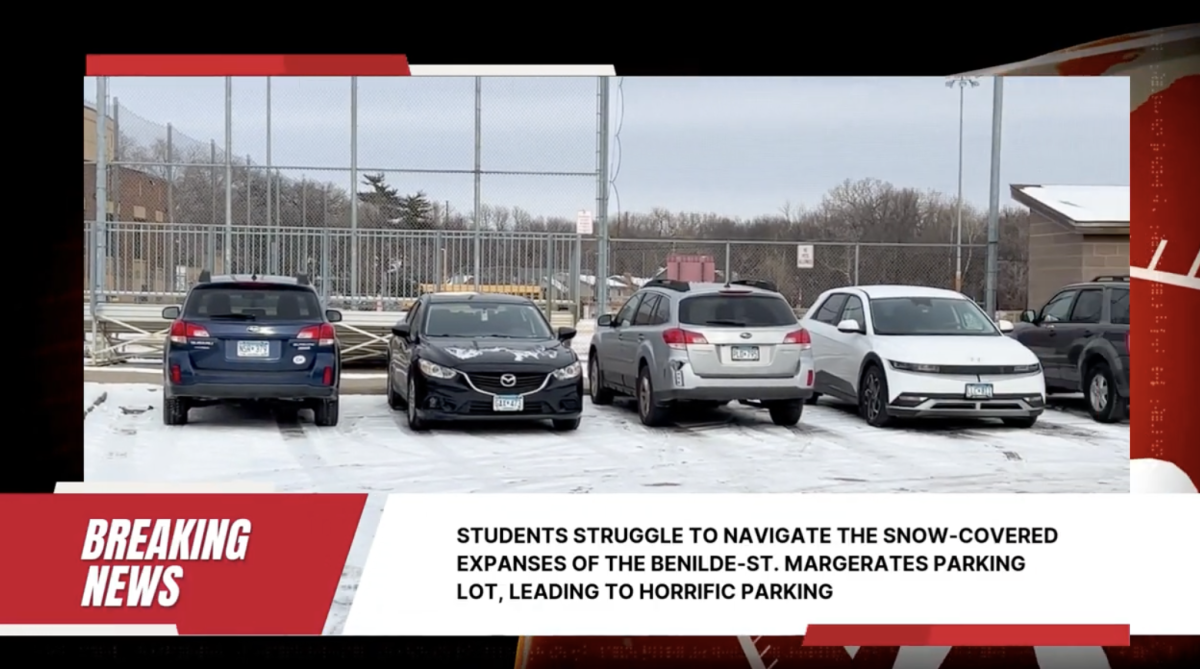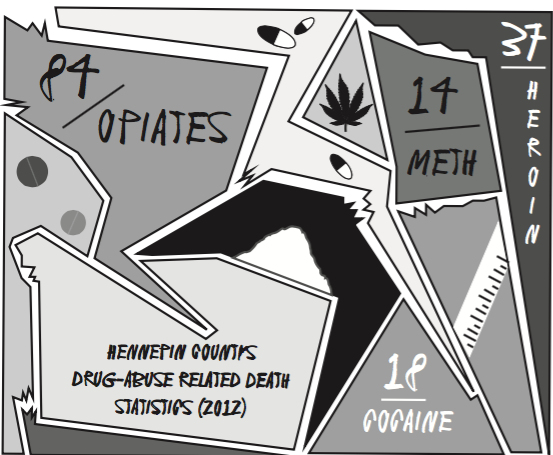BSM responds to drug-related deaths of teenagers in Minnesota
Chanhassen High School senior Alex Snyder was found by police in September in the middle of having a seizure at Lake Minnewashta Regional park. He was taken to a hospital, but died two days later.
The seizure that caused Snyder’s death was induced by an overdose of a synthetic drug called dipropyltryptamine, more commonly known as DPT on the Internet.
Sadly, Snyder is not the first Chanhassen student to die due to a drug-related death. The community is still mourning the loss of two other students from the senior class who also died from a drug overdose. The problem lies in the increasing access to drugs and the ability to buy them. Purchasing synthetic drugs online and getting them shipped to the United States is frighteningly easy, and the amount of teens in Minnesota who do so is rising.
With the increase in purchases, drug overdoses in Minnesota have become more and more frequent. In 2015 alone, there have been 184 reported overdoses. Despite law enforcement’s efforts to hinder the drug culture within the teenage generation, it has mostly been unsuccessful. Because many of these illegal drugs are bought on the Internet, it’s extremely difficult for the government to do much about the problem.
However, a law was put into place banning the sale of synthetic drugs in July of this year, and although it hasn’t done much to stop the drugs from being dealt, it’s a step in the right direction.
Benilde-St. Margaret’s chemical health counselor Gayle Knopik has noticed a rise in marijuana overdoses by teenagers in general. Additionally, heroin–a drug with effects far worse than those of marijuana–has increasingly become more of a problem. The best thing students at BSM can do to prevent more tragedies like the death of Alex Snyder is to raise awareness about the issue. “There could be other victims. I think prevention is very important,” Knopik said.
If people can get the discussion going about the side effects and consequences of drugs, it may be easier to stop young people from ever starting to use them. Another critical message to get across is that the majority of people are not using drugs. “I really believe in what we call the positive norms. Most people want to be in the majority,” Knopik said. Putting emphasis on the group of people who choose not to use drugs can convince teenagers to follow that positive trend.
If young people see that drugs are really overrated, they might be more reluctant to give them a try. “I’ve worked with young people for a really long time. One of the things that has been pretty consistent is they say ‘I wish I never would have started [using drugs],’” Knopik said. “The thing about chemical use is it feels really good in the beginning–but then we’re always chasing that good feeling,” Knopik said.
It all comes down to a decision we have to make: is it worth sacrificing our mental capacities for the fleeting high that drugs provide?
Knopik believes the best thing Benilde St. Margaret’s can do is raise awareness. “We have a big network here [at BSM],” Knopik said.

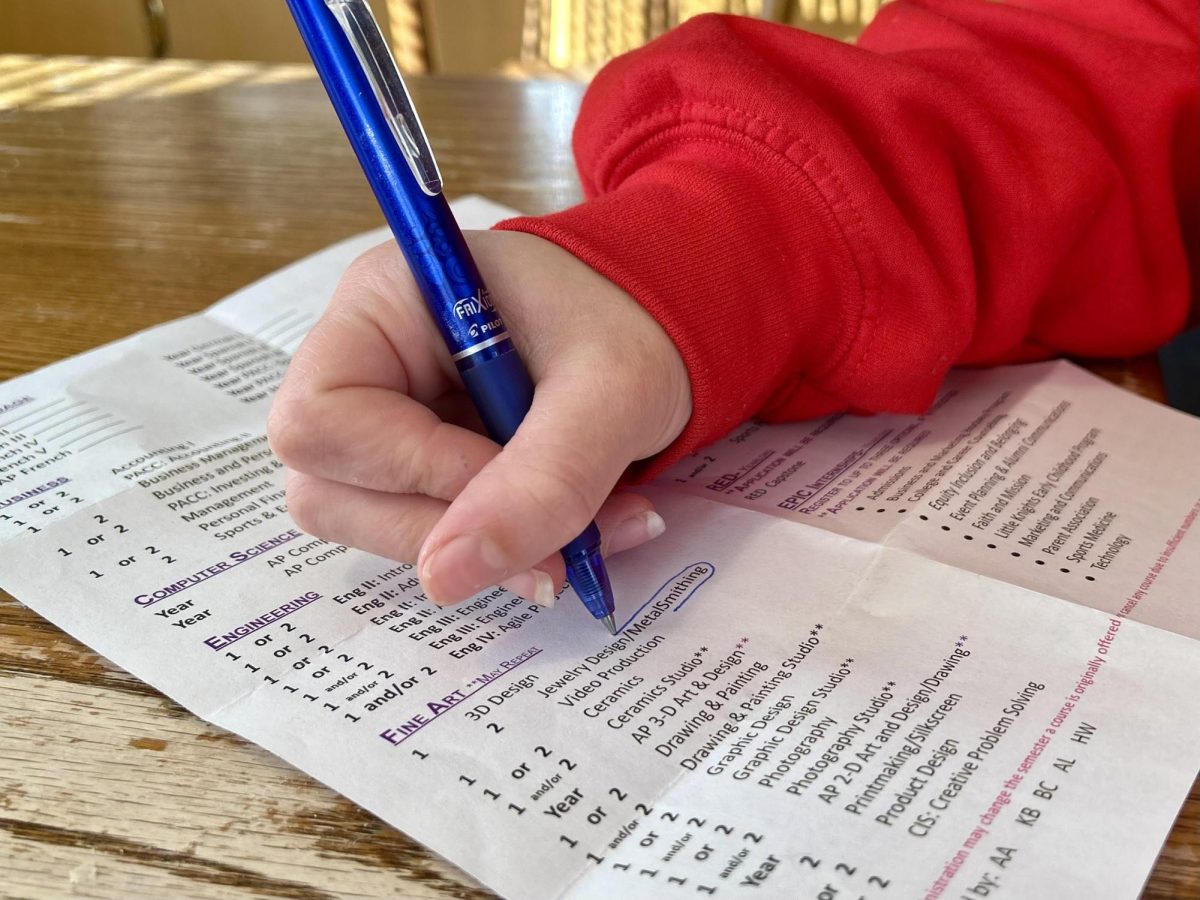

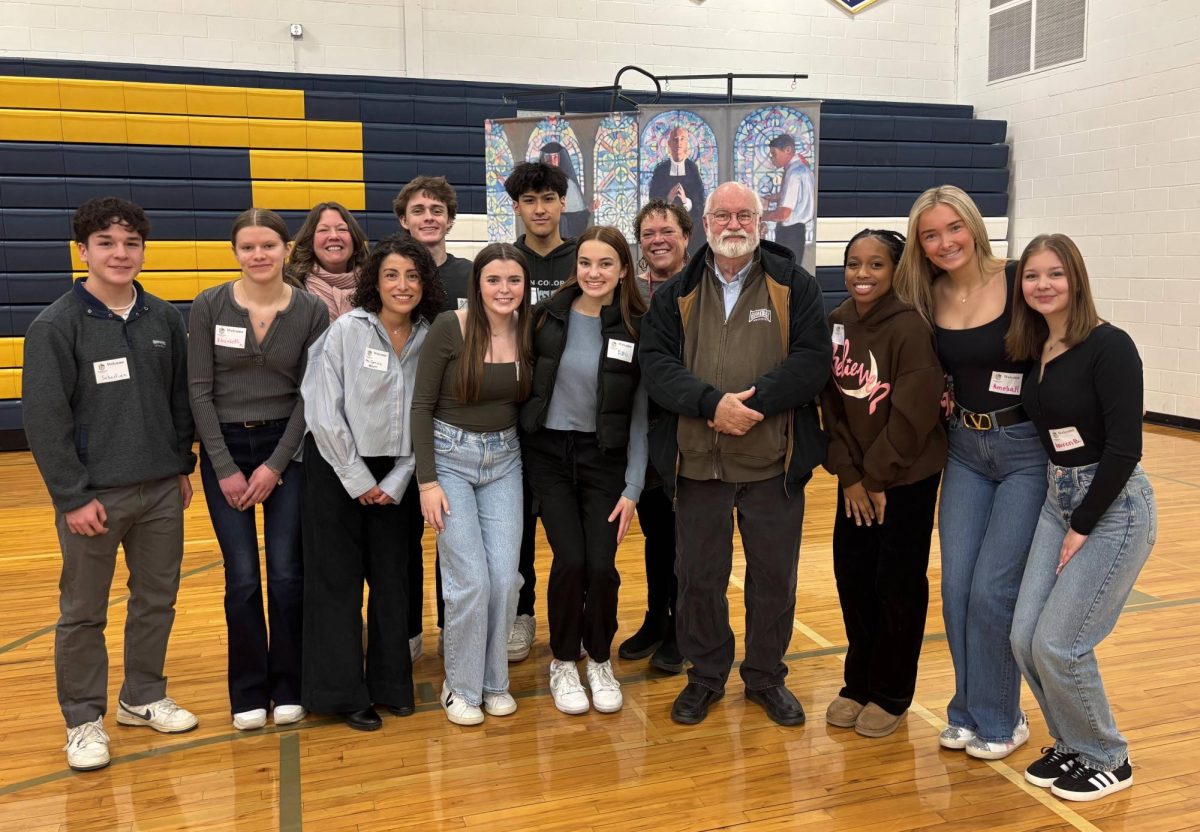

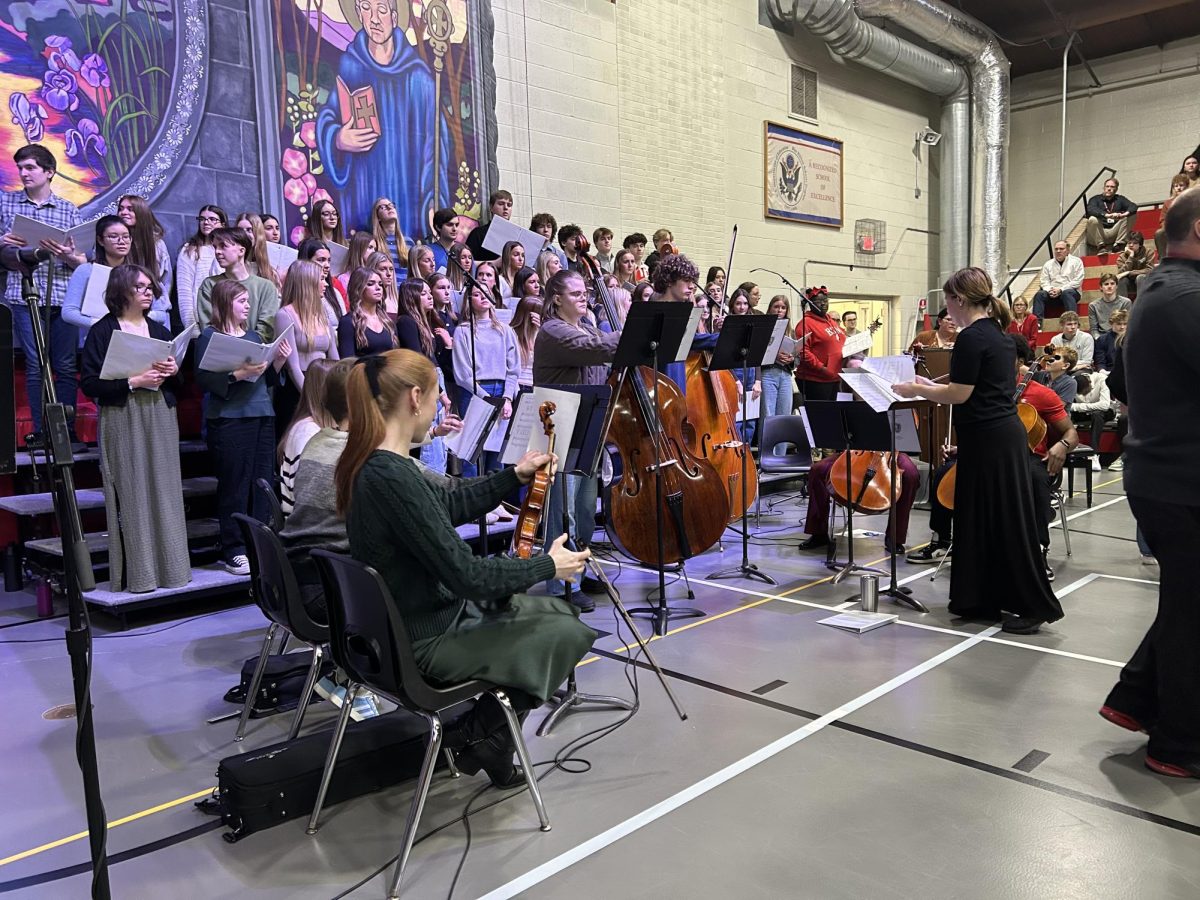
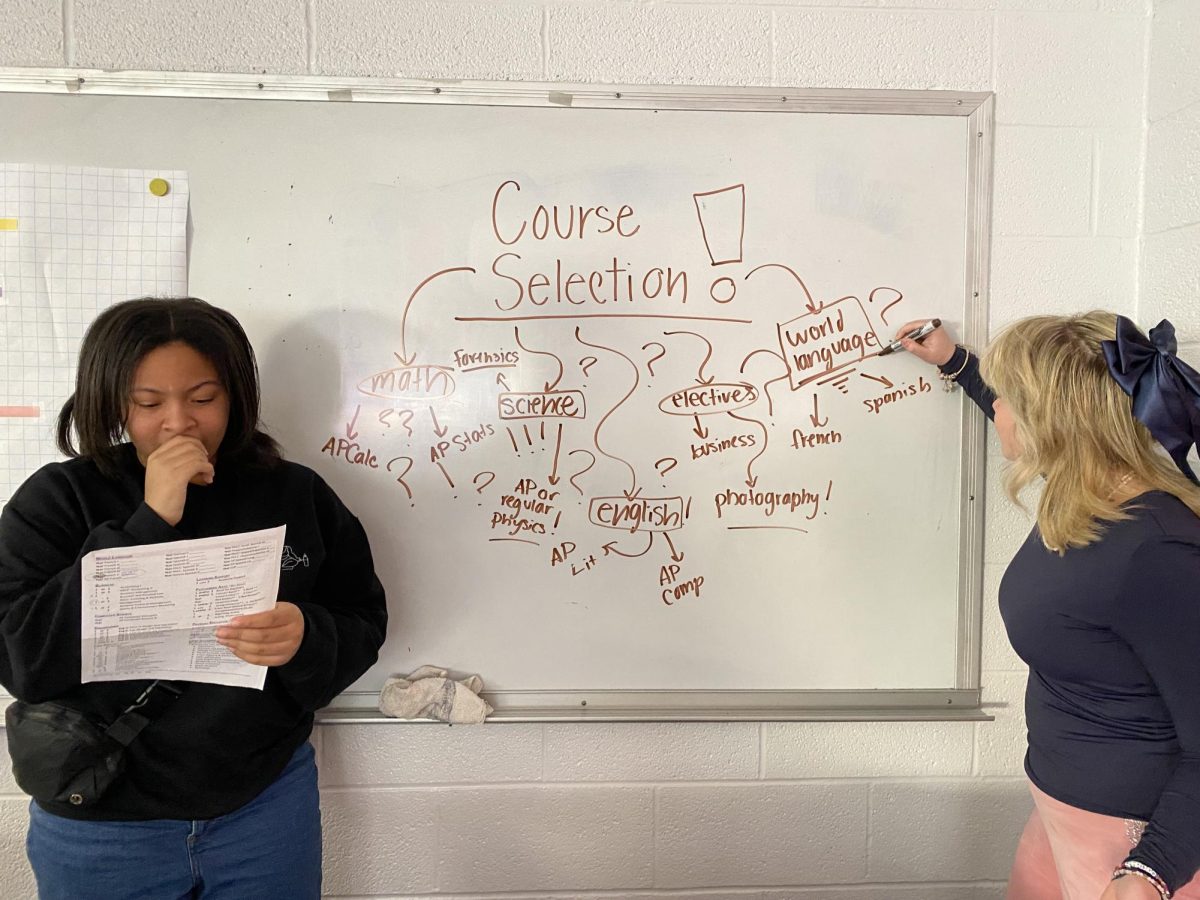
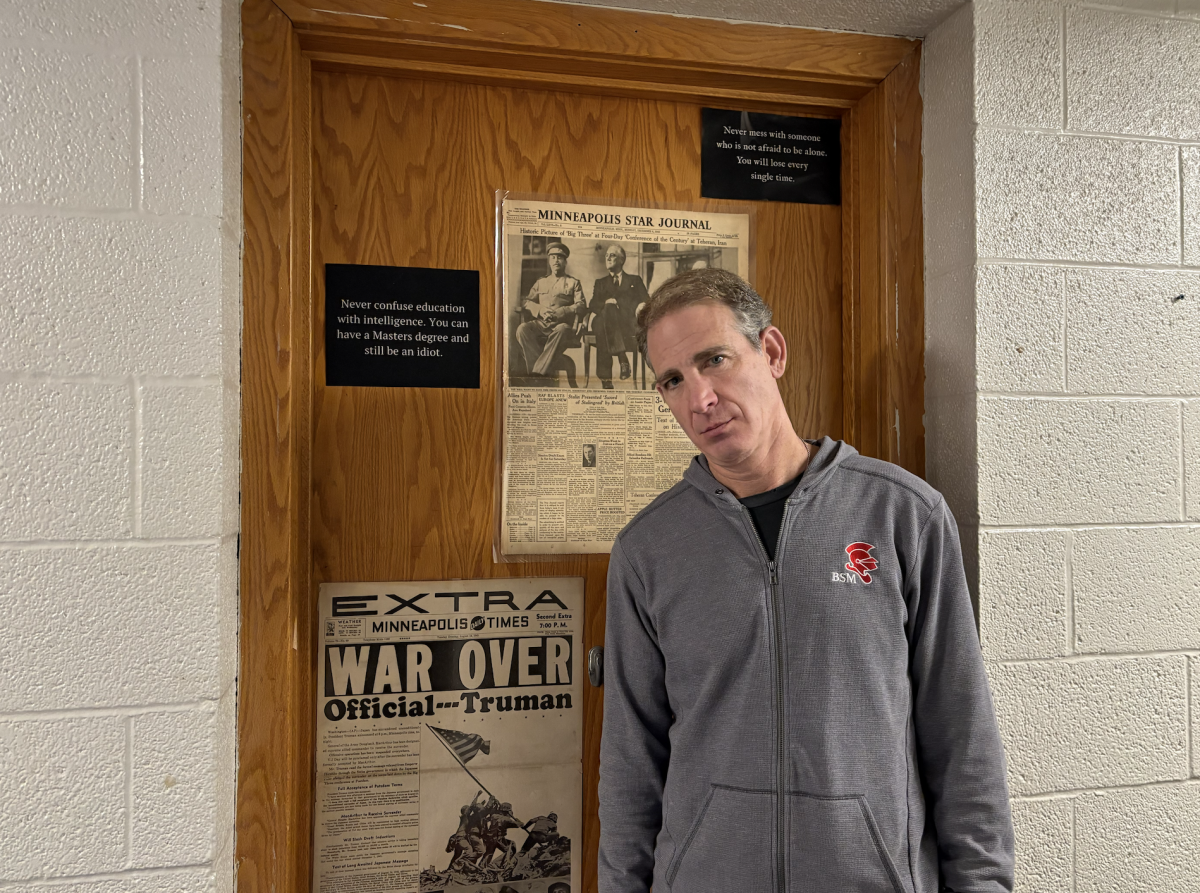

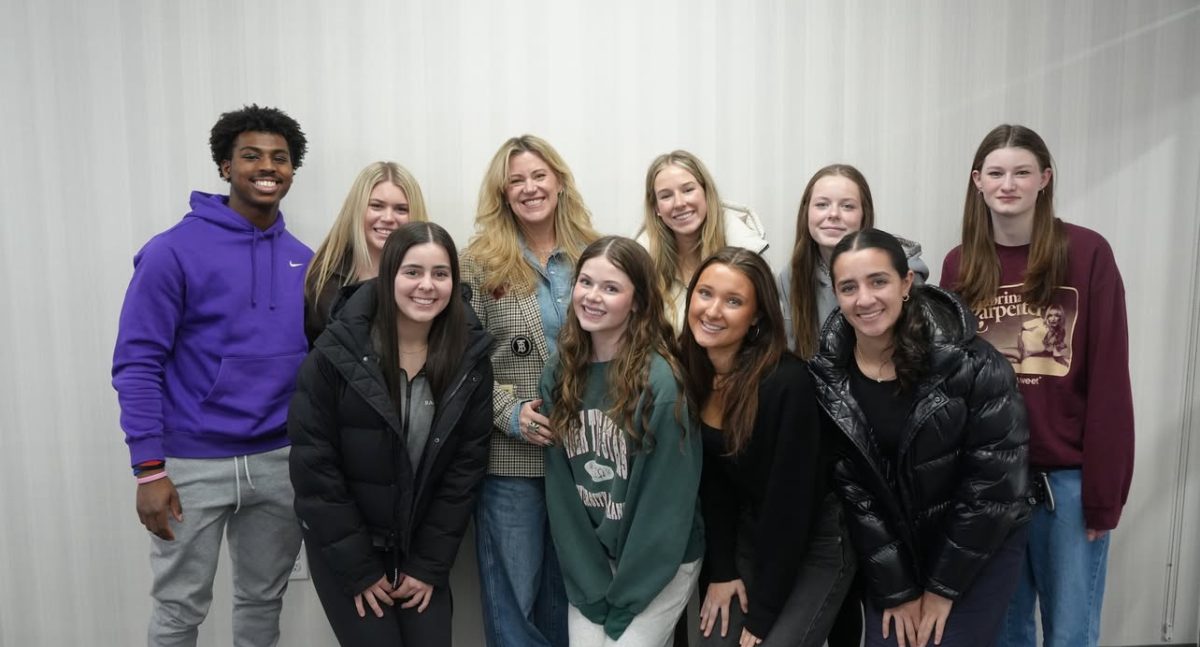











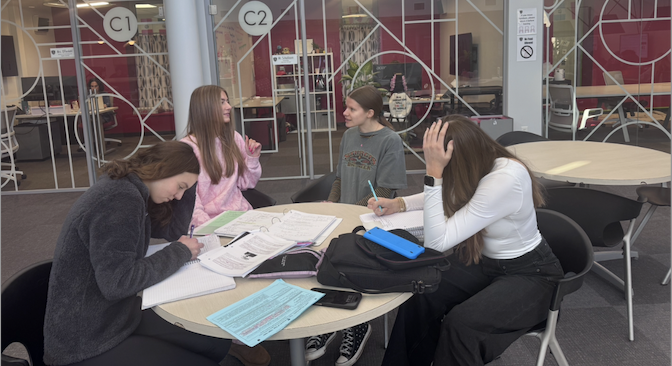

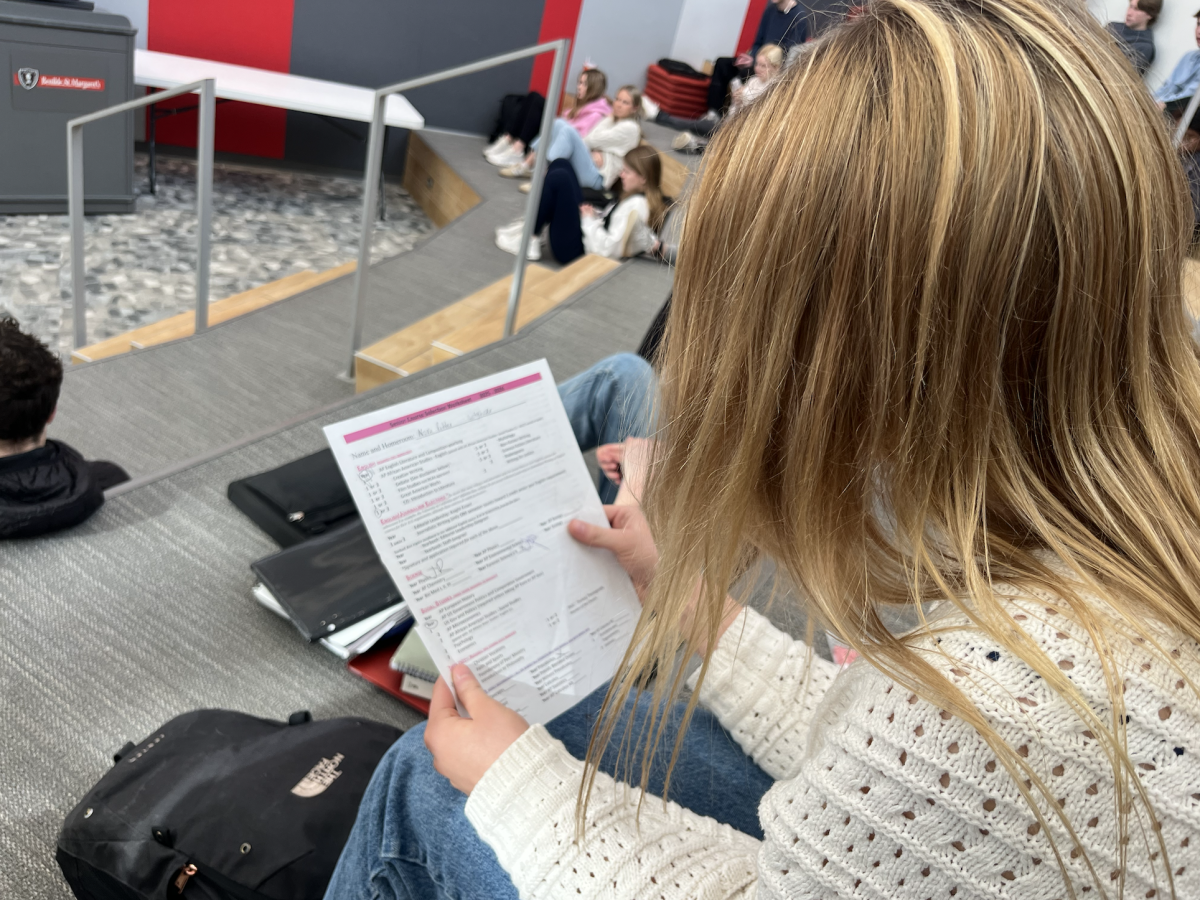
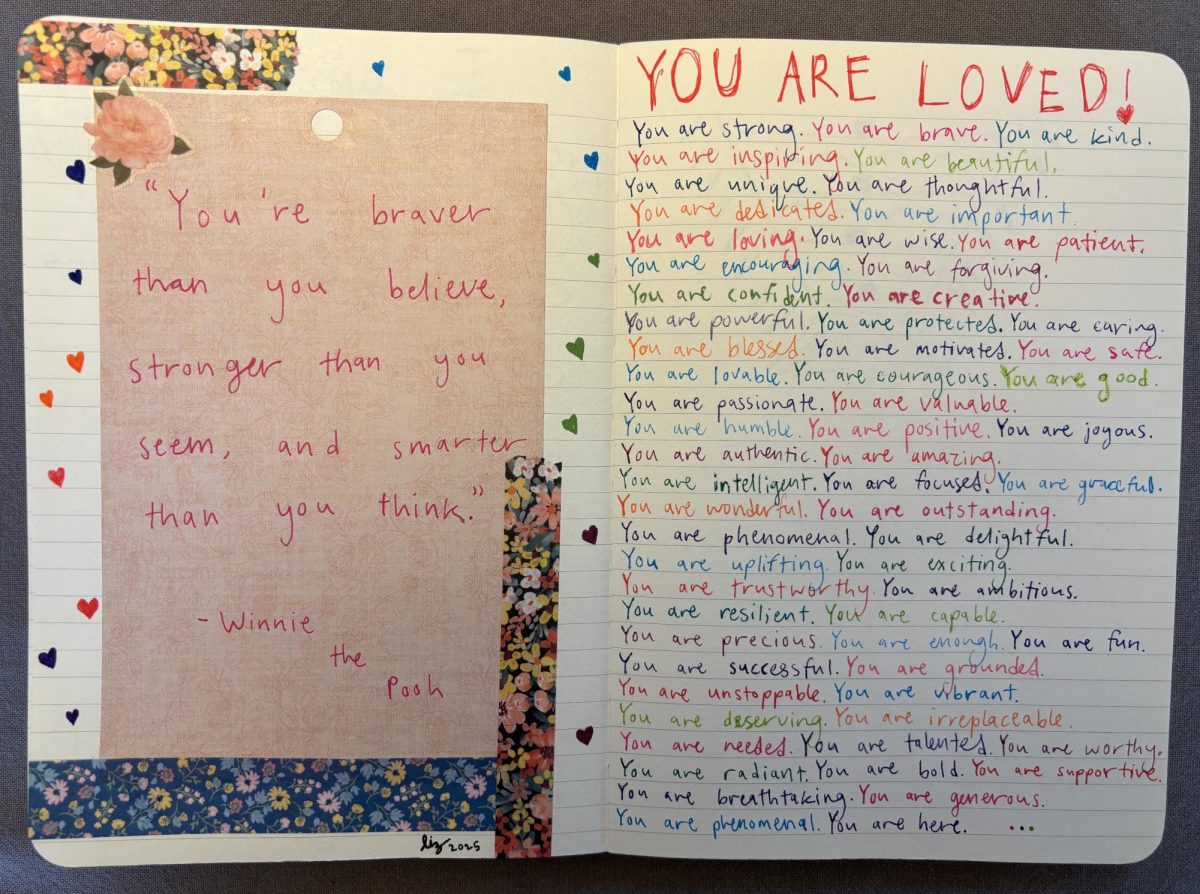
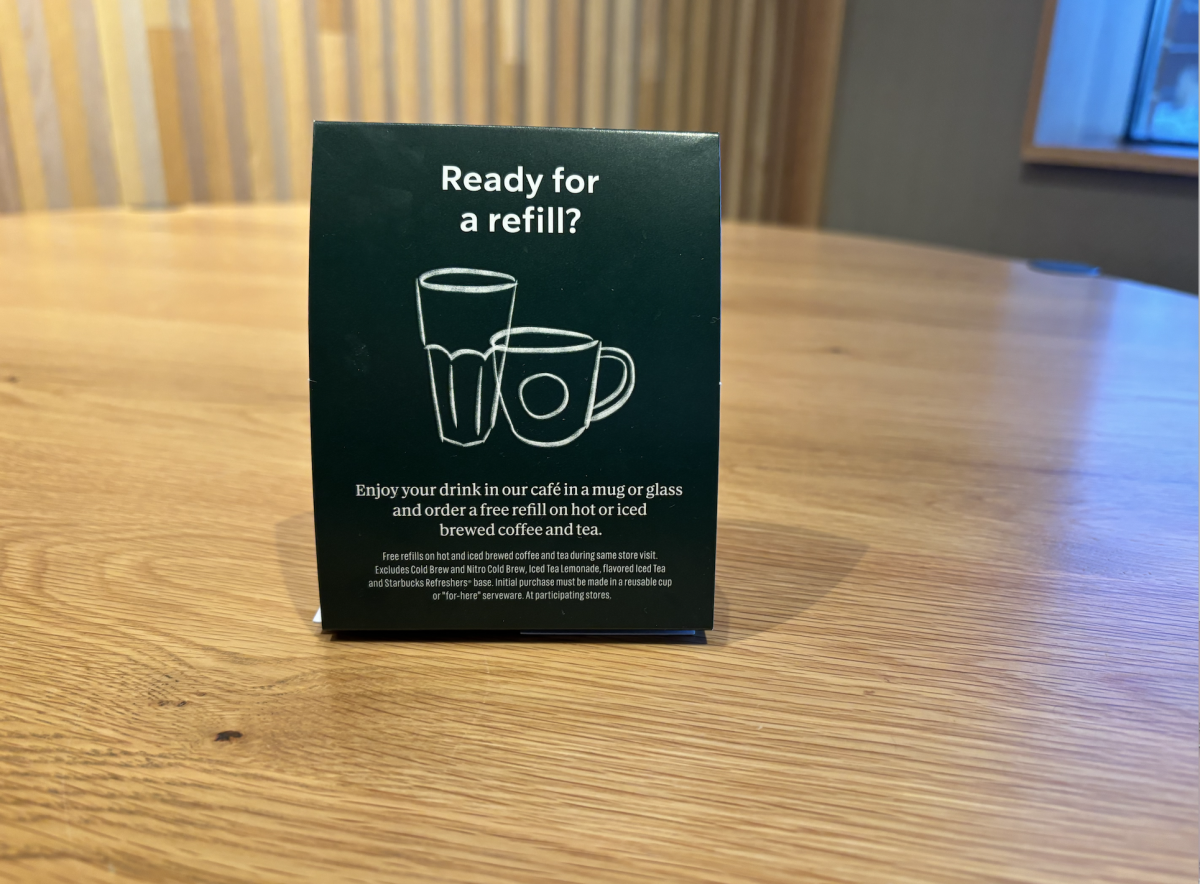

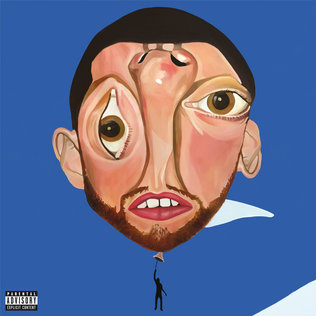
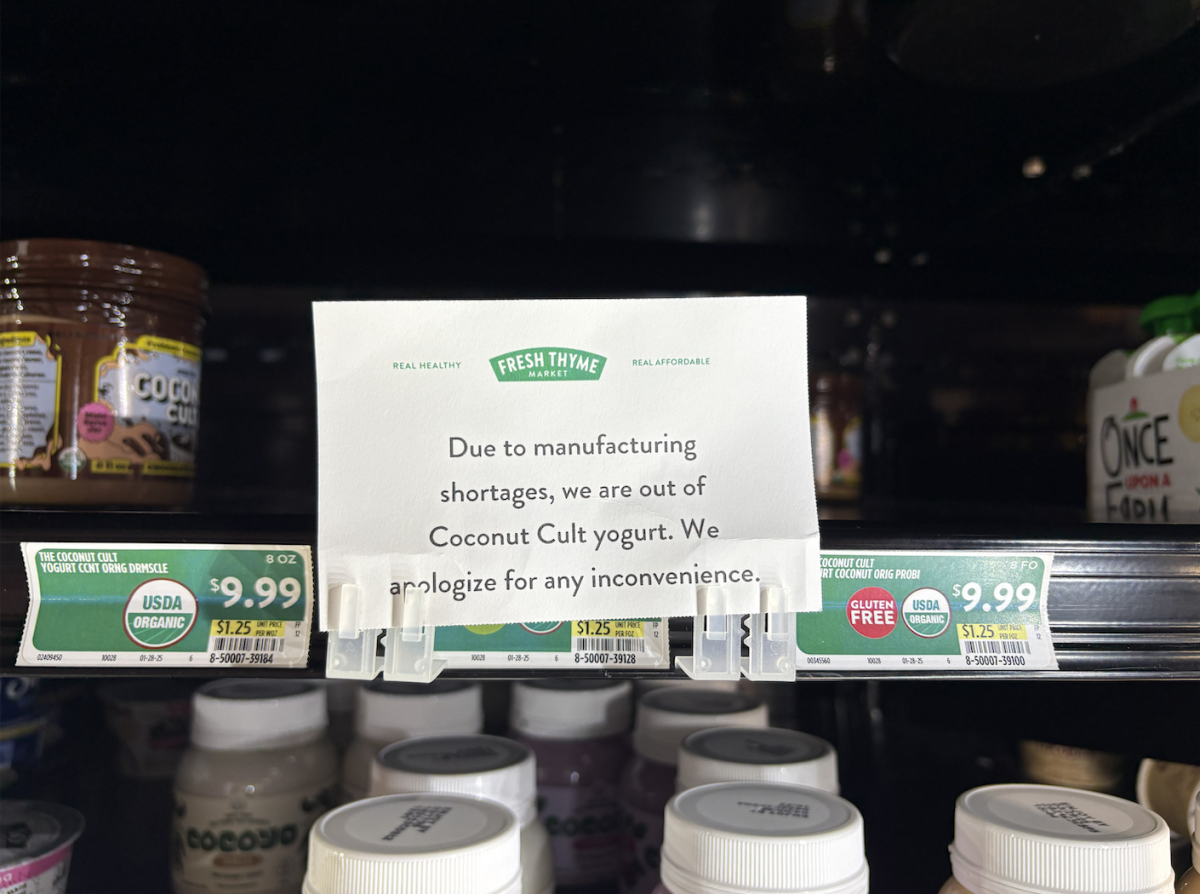
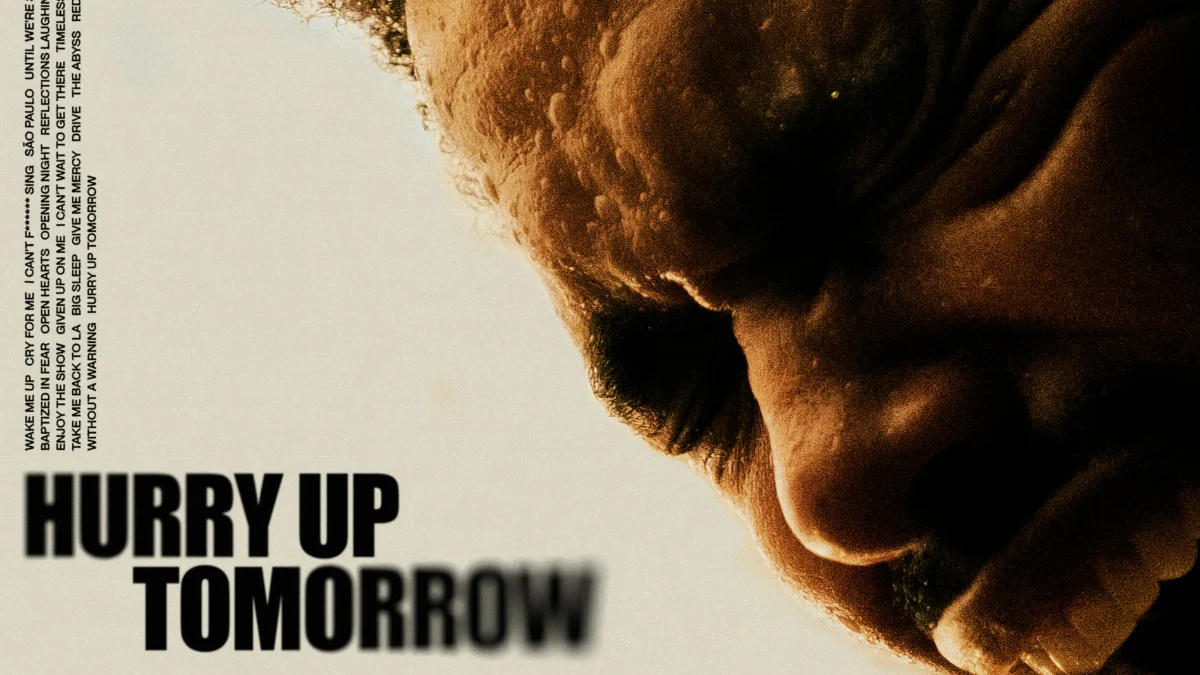





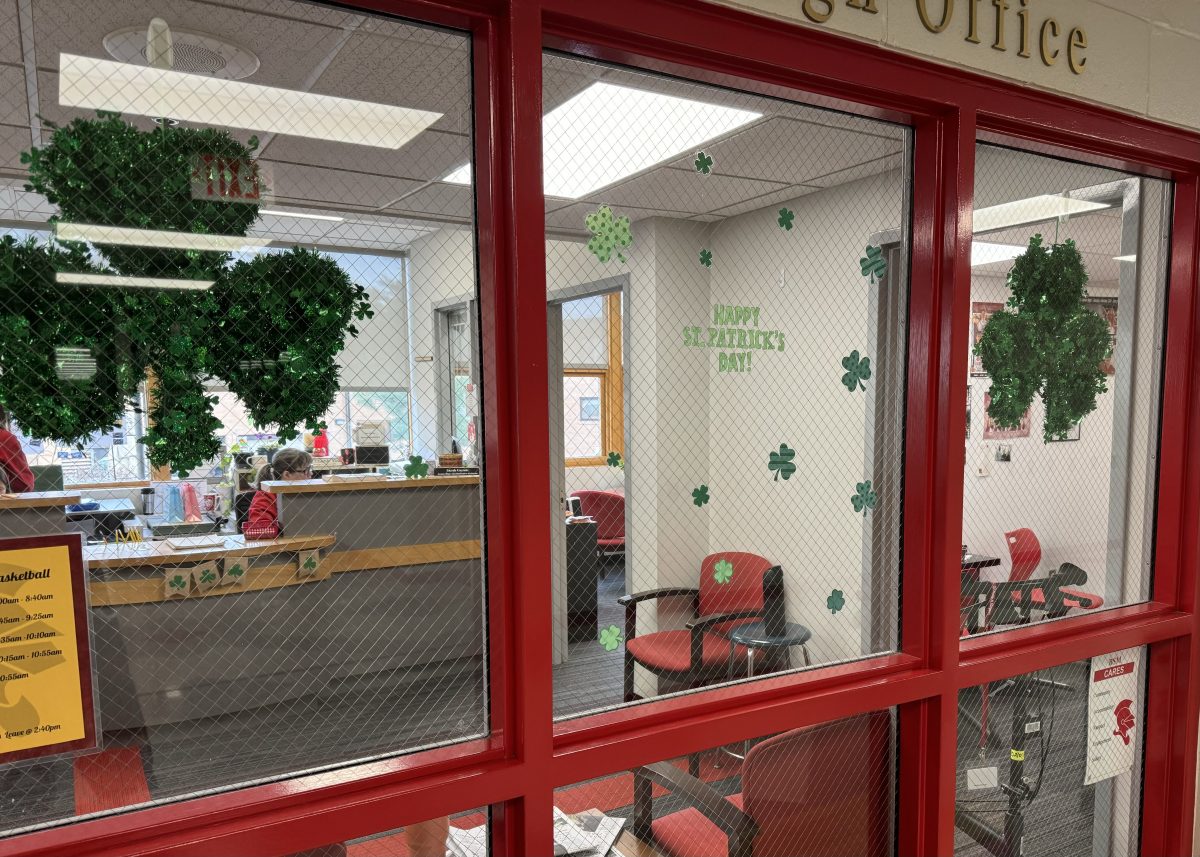

![Teacher Lore: Mr. Henderson [Podcast]](https://bsmknighterrant.org/wp-content/uploads/2025/03/teacherlorelogo-1200x685.png)
